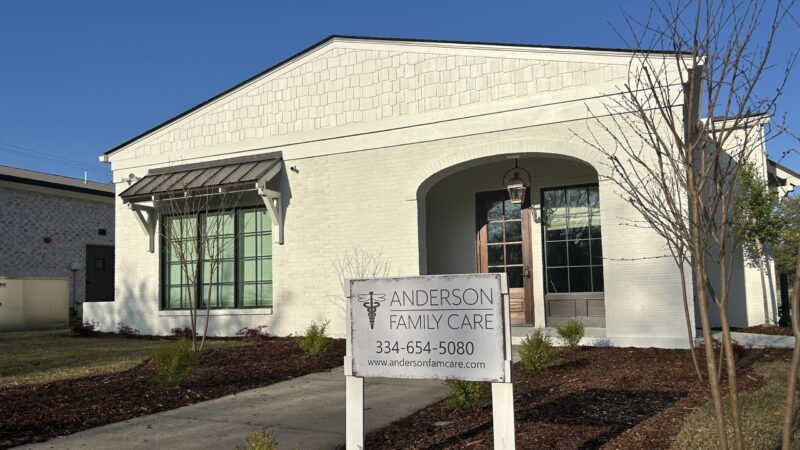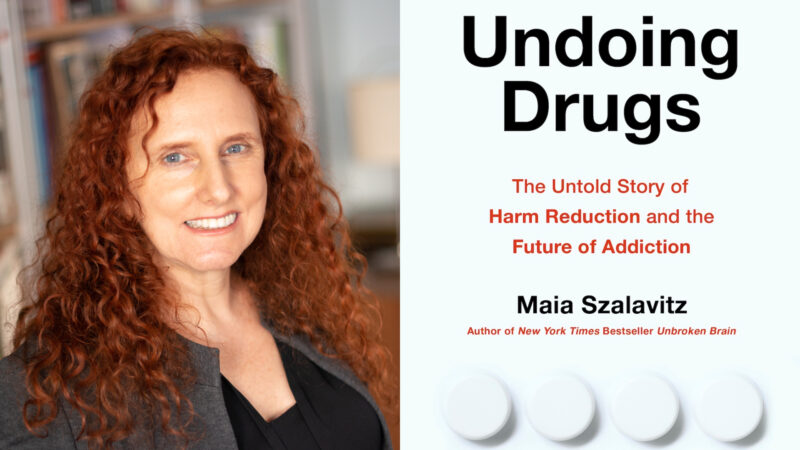$21 Million Study Will Research Health Disparities in the Rural South
People who live in rural parts of the South are 51% more likely to die from heart disease than people who live in metropolitan areas outside the south, according to Suzanne Judd, a professor in the School of Public Health at the University of Alabama at Birmingham (UAB).
“We know there’s a huge rural-urban health disparity in terms of life expectancy and cardiovascular disease burden,” Judd says.
A new study funded by the National Institutes of Health will try to figure out what causes this disparity. The Risk Underlying Rural Areas Longitudinal (RURAL) Cohort Study includes researchers from 16 institutions across the country. UAB is one of the lead partners and will serve as the recruitment and retention center.
The RURAL project will study around 4,000 people who live in the rural South. Researchers are going to build a clinic on wheels that will house a full-sized CT scanner and travel to 10 counties across Alabama, Mississippi, Kentucky and Louisiana. Participants who enroll in the study will get a comprehensive health screening and genetic testing. They will also be interviewed about their environment and lifestyle choices.
Judd says the study also includes funding to hire community health workers to recruit participants and connect them with local resources.
“The goal is to actually have some infrastructure in the county,” Judd says, “so that we’re not just walking in and walking out, that we’re leaving behind some infrastructure related to health.”
The RURAL study is funded with $21.4 million from the NIH to last six years. In Alabama, research is likely to take place in Wilcox and Dallas counties.
Birmingham is 3rd worst in the Southeast for ozone pollution, new report says
The American Lung Association's "State of the Air" report shows some metro areas in the Gulf States continue to have poor air quality.
Why haven’t Kansas and Alabama — among other holdouts — expanded access to Medicaid?
Only 10 states have not joined the federal program that expands Medicaid to people who are still in the "coverage gap" for health care
Once praised, settlement to help sickened BP oil spill workers leaves most with nearly nothing
Thousands of ordinary people who helped clean up after the 2010 BP oil spill in the Gulf of Mexico say they got sick. A court settlement was supposed to help compensate them, but it hasn’t turned out as expected.
Q&A: How harm reduction can help mitigate the opioid crisis
Maia Szalavitz discusses harm reduction's effectiveness against drug addiction, how punitive policies can hurt people who need pain medication and more.
The Gulf States Newsroom is hiring a Community Engagement Producer
The Gulf States Newsroom is seeking a curious, creative and collaborative professional to work with our regional team to build up engaged journalism efforts.
Gambling bills face uncertain future in the Alabama legislature
This year looked to be different for lottery and gambling legislation, which has fallen short for years in the Alabama legislature. But this week, with only a handful of meeting days left, competing House and Senate proposals were sent to a conference committee to work out differences.







